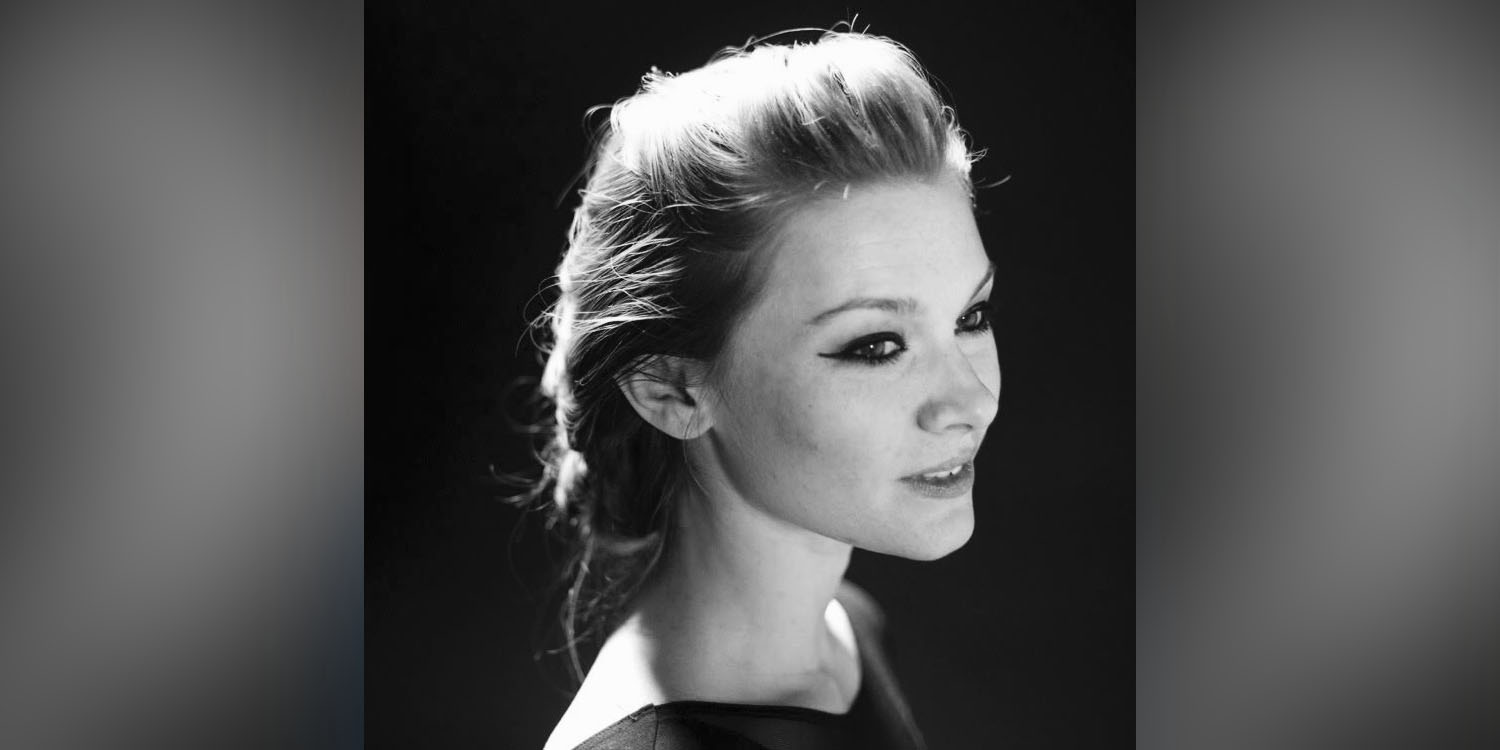
For the second episode in our miniseries on mindfulness, wellness professional Jenny Cimaglia ’07 guides a five-minute breathing exercise. All you need is a quiet space.
The previous episode is a 10-minute walking meditation guided by Jenny.
About Jenny
Jenny Cimaglia ’07 is a yoga teacher and Reiki practitioner based in Westport, Connecticut. Following her graduation from the University of North Carolina at Chapel Hill, the alumna worked in cultural heritage preservation at UNESCO headquarters in Paris, France, as a Fulbright Scholar and later in culture-tourism strategy in Hanoi, Vietnam, as a Luce Scholar.
Jenny’s experiences in Vietnam introduced her to Confucianism and Buddhism and informed her interest in exploring religious studies. She received a Master’s of Buddhist Philosophy at the University of Hong Kong in 2011 as a Rotary Ambassadorial Scholar.
She returned to the United States in 2012 to work as a special events and development coordinator for the David Lynch Foundation in New York City. Through the foundation, Jenny provided meditation classes to underserved populations, including veterans, victims of domestic violence, and elementary school students.
Jenny began her training to become a yoga teacher in 2015 and studied massage therapy, health, and wellness through the Swedish Institute: A College of Health Sciences. The alumna’s dynamic teaching style brings together her academic expertise on Buddhism and her training in a collaborative theatre style called devised theatre, incorporating elements of nature into her classes.
Jenny earned a degree in Classics and a minor in anthropology from UNC-Chapel Hill.
On your mobile device, you can listen and subscribe to Catalyze on Apple Podcasts or Spotify. For any other podcast app, you can find the show using our RSS feed.
Catalyze is hosted and produced by Sarah O’Carroll for the Morehead-Cain Foundation, home of the first merit scholarship program in the United States and located at the University of North Carolina at Chapel Hill. You can let us know what you thought of the episode by finding us on Twitter or Instagram at @moreheadcain or you can email us at communications@moreheadcain.org.
Episode Transcription
Take a moment to get comfortable, whether for you that’s sitting up nice and tall, or in a chair, or even if you prefer, you can do this quick breath-work practice lying down.
So, as you take a moment, just settle your body. Let it grow heavy. And if it’s comfortable for you to close your eyes, allow your eyes to close now. And take a few moments here before we start to manipulate the breath, just to watch your natural breathing pattern, trying to be as curious as possible about your breath, looking for any details, any associations you might have with your breath, noticing the cadence.
And where you feel your breath in your body, if it has a texture or a temperature to it, just being curious about your natural breath, really trying not to judge, not to manipulate it here. Just taking a moment, one more moment to notice.
From here, take a full inhale through your nose. And then exhale out your mouth. And this time, as you inhale, inhale for a count of two, of three, of four, exhale to match, exhale for two, for three, for four. Breathe in. And breathe out. Inhale two, three, four, exhale, two, three, four. Just take a couple of rounds and breath like that on your own, inhaling for a count of four, exhaling for a count of four.
Your count may be faster or slower than mine, it doesn’t matter, you just want your inhale and exhale to be the same length.
Now, this next round of breath will start to incorporate our attention, so you’ll still continue with me to inhale for two, for three, for four. And then at the top, you’ll hold your breath in for two, for three, for four. Exhale stays the same, two, three, four, and then hold empty for that four count, two, three, four, at the bottom of the exhale.
Take an inhale. Hold your breath in the fullest point. Exhale. Hold yourself empty. I’ll guide one more round. Inhale for two, three, four, retain two, three, four. Exhale, two, three, four, fold empty, two, three, four. And go ahead on your own, just take two rounds of that.
Again, your count can be faster than mine, can be slower than mine. And then from here, you can either continue just simply with the counting, finding this nice square breath, inhale, hold, exhale, hold, or if you’d like, I’ll offer a visualization that you can incorporate.
So as you inhale, inhale as you imagine spring rising up your front body, as you hold your breath in feel the ripening of summer over the top of your head, as you exhale let the leaves of autumn descend down your back, and as you hold empty at the lowest point, feel winter below you.
One more time like that. As you inhale, imagine spring buds on the trees, shoots, flowers, opening, holding full for summer and ripening of fruit leaves on the vine, as you exhale release and the descent of autumn down your back, holding empty at that lowest point for winter. And then simply take one more round of this breath on your own.
Whether you use the visualization or you simply count at the end of the next round, just come back the way we started watching your natural breath. So, we’ll all meet like we did at the beginning, simply noticing our natural breathing pattern, if anything about it has changed, if you notice anything about it that feels different.
And we’ll simply move out of the breath practice into the rest of our day. Take a big inhale through the nose and as you exhale, sigh out of your mouth. And if your eyes were closed, you can gently allow them to open now and take in the room around you.
*This episode has been edited slightly for clarity.


